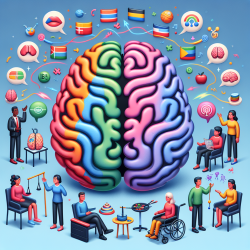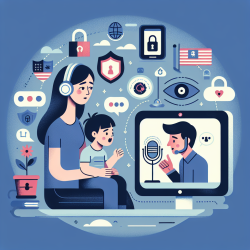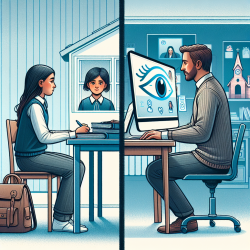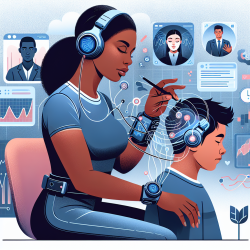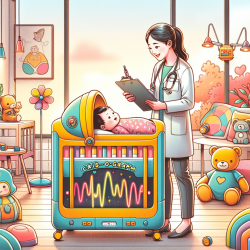Introduction
In today's globalized world, bilingualism is more common than ever, presenting unique challenges in the field of aphasia therapy. The research article "Aphasia Therapy in the Age of Globalization: Cross-Linguistic Therapy Effects in Bilingual Aphasia" by Ansaldo and Saidi (2014) provides valuable insights into how therapy effects can transfer from one language to another in bilingual individuals with aphasia. This blog explores the key findings of the study and offers practical guidance for practitioners aiming to enhance their therapeutic approaches.
Understanding Cross-Linguistic Therapy Effects
The study highlights the potential for cross-linguistic transfer (CLT) of therapy effects from the treated to the untreated language in bilingual aphasia. Several factors influence the presence or absence of CLT, including word type, structural similarities between languages, language proficiency, and cognitive control mechanisms.
Key Factors Influencing CLT
- Word Type: Cognates, which are words with similar forms and meanings across languages, tend to facilitate CLT more effectively than non-cognates. Practitioners should consider focusing therapy on cognates to maximize transfer effects.
- Language Proficiency: Both pre-morbid and post-morbid language proficiency can impact CLT. Therapy in the less proficient language may benefit the more proficient language, especially in unbalanced bilinguals. Assessing proficiency levels is crucial for effective therapy planning.
- Structural Similarities: Languages with greater structural overlap are more likely to exhibit CLT. Practitioners should consider these similarities when designing therapy approaches.
- Cognitive Control: Damage to cognitive control circuits can hinder CLT. However, therapy approaches that incorporate translation tasks can help bypass these limitations and promote transfer effects.
Implementing Research Findings in Practice
Practitioners can enhance their therapeutic approaches by incorporating the following strategies:
- Focus on cognates during therapy sessions to leverage their potential for CLT.
- Conduct thorough assessments of language proficiency to determine the most effective language for therapy.
- Incorporate translation tasks into therapy to stimulate cognitive processes common to both languages.
- Utilize semantic feature analysis and phonological cueing to facilitate CLT, particularly in cases of anomia.
Conclusion
The study by Ansaldo and Saidi (2014) underscores the importance of understanding cross-linguistic therapy effects in bilingual aphasia. By considering factors such as word type, language proficiency, structural similarities, and cognitive control, practitioners can optimize their therapeutic approaches and improve outcomes for bilingual individuals with aphasia. To delve deeper into the original research, please follow this link: Aphasia Therapy in the Age of Globalization: Cross-Linguistic Therapy Effects in Bilingual Aphasia.
